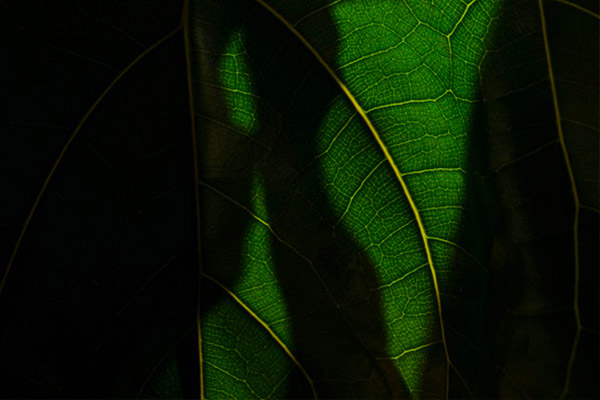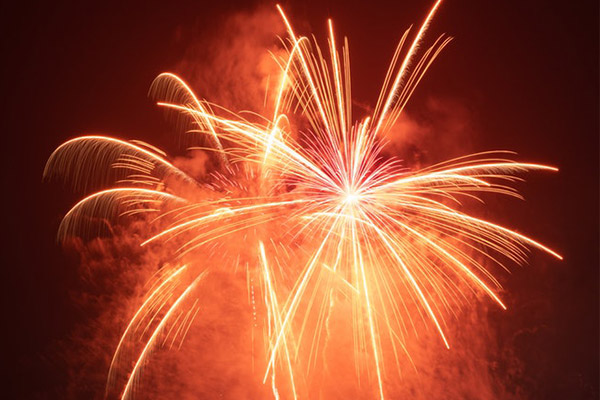To lead a “renounced” life as a monastic monk or nun connotes the same meaning as one must leave home behind to pursue ultimate liberation. Home, in this sense, represents the secular world. It is not enough a clear evidence that one has renounced all worldly attachments by just walking out of one’s home and putting on a monastic robe; one must also have developed a genuine sense of revulsion toward samsara.
~ Depicted from Luminous Wisdom Book Series 1











